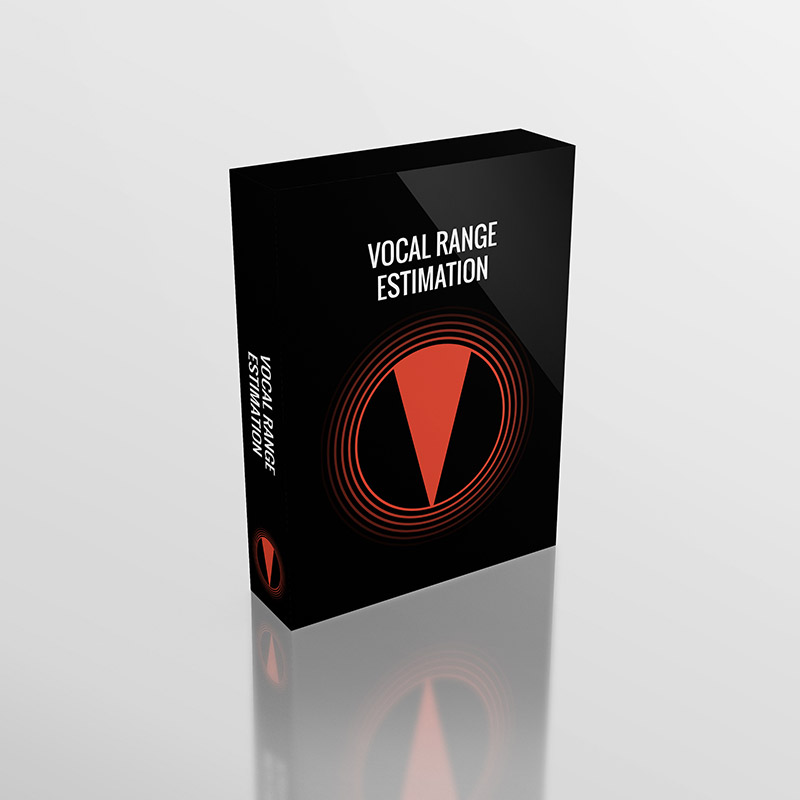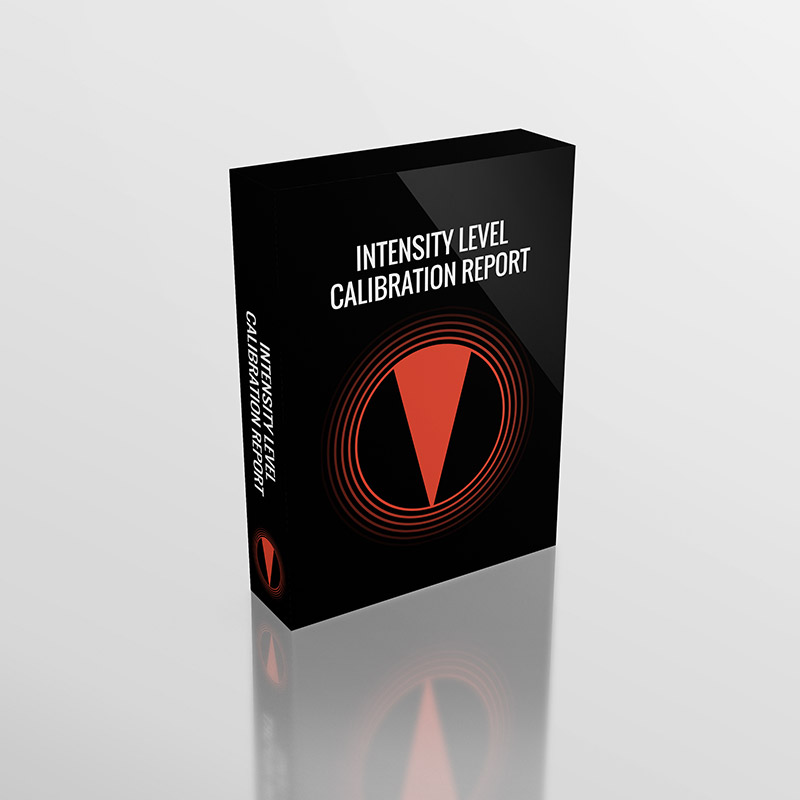Phonanium’s mission
Our mission is best expressed in the following words from Kent & Read (2002, p. 16): “The acoustic signal of speech is of particular interest because it intervenes between the production and perception of speech. That is, the acoustic signal is at once the output of the production system and the input to the processes of perception. Because the acoustic signal of speech encodes linguistic, emotional, and personal information in the act of human communication, it is an important goal to develop effective means for its analysis.”
Acoustic voice and speech analyses for all clinicians
PHONANIUM strongly beliefs in the value of acoustic methods in voice and speech clinics. Acoustic methods offer objective solutions for (a) the documentation of most vocal phenomena both quantitatively and qualitatively, (b) the measurement of specific aspects of voice/speech signals, and consequently (c) the tracking of voice/speech interventions. As such, they continue to form one of the corner stones in clinical as well as scientific voice/speech assessment, regardless of the speech-language pathology area. Not only voice disorders, but also hearing impairments, dysarthria, apraxia of speech, laryngectomy, head and neck oncology, etc. can affect both the production and the sound of the airborne speech signal. This counts for children as well as for adolescents and adults.
For relevant acoustic methods to be at all voice/speech clinicians’ disposal, PHONANIUM offers several scripts (i.e., macro’s or executable texts consisting of menu and action commands) to automate acoustic voice/speech analyses and to draw relevant graphs in the program Praat (Paul Boersma & David Weenink, Institute for Phonetic Sciences, University of Amsterdam, The Netherlands; www.praat.org). All these scripts were written by a voice/speech clinician for voice/speech clinicians and scientist or related professionals.
Stay informed about our news and tools.
Subscribe now!
Clinical package
Phonanium’s Clinical Voice Lab
(v.01.03)
All clinically relevant analyses in a single plug-in for a complete acoustic voice assessment: vocal fundamental frequency, vocal intensity level and its calibration, vocal range estimation, spectrography and cepstrography with their acoustic markers, Acoustic voice Quality Index, Dysphonia Severity Index, and speech-to-noise and voice-to-noise ratio are all implemented together with demographic information management.
Specific features
CAAVS-ONLINE COURSE 2024
CAAVS-ONLINE 2024 is the intensive 4-sessions course for those interested in the clinical assessment of acoustic voice signals!
Acoustic Voice Quality Index (v.02.06)
The Acoustic Voice Quality Index (i.e., AVQI) has been developed to do what its name says: to measure overall voice quality with objective and acoustic markers for clinical purposes.
Dysphonia Severity Index (v.02.03)
The Dysphonia Severity Index (v.02.02) is a well-established, objective and multivariable estimate of dysphonia severity.
Cepstrography (v.01.02)
Sound cepstrography in voice and speech clinics has the potential of visualizing voice quality related changes in the cepstrum and as measured in CPPS across the voice signal.
Recording quality (v.01.02)
Doing acoustic analyses in the realm of clinical voice/speech assessment only has meaning when the recording procedures and technology themselves have no significant influence on the output.
Vocal fundamental frequency (v.02.04)
Vocal fundamental frequency (vocal fo) is one the key factors in clinical voice sound assessment.
Vocal intensity level (v.02.04)
Vocal intensity level (vocal IL) is one the key factors in clinical voice sound assessment.
Vocal range estimation (v.02.06)
Vocal range estimation mainly refers to the combined display of vocal fundamental frequency, vocal intensity level and harmonics-to-noise ratio.
Intensity level calibration (v.01.01)
It is essential to calibrate clinical intensity level measurements before recording and analyzing sound signals.
Spectography (v.02.03)
All facets of vocal sound are made visible and can reasonably easily interpreted in the narrowband spectrogram. It is therefore one of the key graphs in clinical voice sound and speech assessment.
Personal information – New file (v.01.02)
This is intended to improve the clinical feasibility and efficiency of working with Phonanium scripts
Are you interested in following or organizing a course on acoustic voice analyses?
Are you interested in the development of a script for acoustic voice/speech analysis?
Is there something you like to ask us? Or do you have an idea to share with us?















